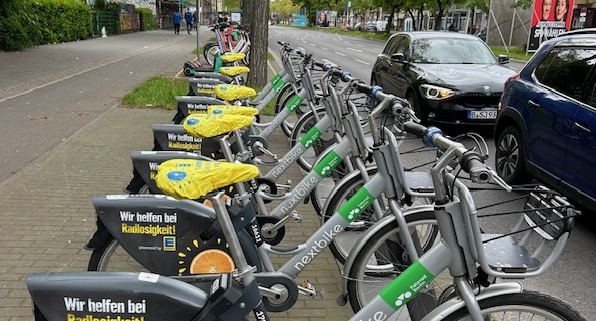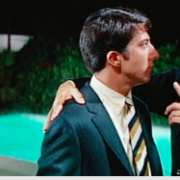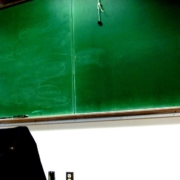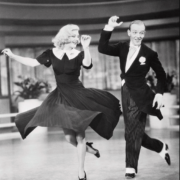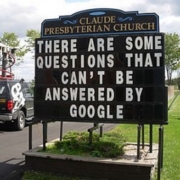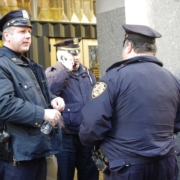Ways of Knowing the City
If you spend the majority of your waking hours inside, rarely go out, or hardly leave your neighborhood, then your life is going to be pretty dull and boring.
But if you do venture outside of your familiar surroundings, then you’ll eventually have to decide how you’re going to get around town.
Most people are fine with just walking, others biking, some prefer taking a scooter, bus or subway, and then others wouldn’t dare getting around their urban environment unless it was by car.
Unquestionably there are a variety of different urban modalities.
The type/s of transportation you use, however, plays a major part in contributing to how you understand the urban public space where you live, work, or visit.
The method you use not only enables you to judge distances, but may also help you to develop and understand an underlying logic of the urban environment.
Putting the concept of mental maps to the side right now, relatively recently I’ve been getting around Berlin via bikeshare. Over time this experience has enabled me to visit parts of the city that I would not normally explore had I only been using a rideshare, subway, or walking.
Traveling by bike (and bikeshare in particular) circumscribes not only the places I want to visit, when I want to visit these locations, and for how long. Searching for available bikeshares, following time limits, and the specified places to park the vehicle can also be a bit of a pain.
On the other hand, unlike a car or motorbike, for example, or even a personal bike, where you have to search for appropriate parking and pay for it too, once you park the bikeshare, the vehicle is no longer your problem.
Moreover, Berlin is relatively flat with few hills, so while biking in the city provides some physical exercise, it is not overwhelming. Additionally, the numerous bike paths and designated lanes make navigating traffic relatively easy.
Using a bike I saw all manner of commercial enterprises (e.g., cafés, restaurants, markets, etc.), landmarks, and graffiti and street art that peaked my interest (that I could explore more closely at a later point in time). Had I been traveling primarily by subway, in all likelihood, I would not have seen these sorts of things.
I’ve also discovered that the choice of urban mobility and the effect it has on knowing a neighborhood is also connected to time of day when one uses that mobility .
One night, for example, I was riding home and the google map instructions that I was following via iPhone and air buds had me to drive through Görlitzer Park. During the day this location is relatively serene. But at 10 pm it was a little sketchy. As I entered the park I was almost immediately accosted by a phalanx of young men who assumed that I came there to buy drugs from them.
Not wishing to be caught up in this scene, I did a U-turn drove off a couple of blocks. But the application kept on putting me back into the park. It took me a few minutes to determine that I should switch the google map directions to car (as opposed to bike) and thus this would direct me on the main roads and not through the park.
Summing up, choice of urban modality forces one to understand the city in unique ways.
It shapes what we are exposed to; what we see, hear, smell, and how. (And, if, for instance, it points us to new food experiences then choice of urban mobility may even have an impact on our sense of taste).
All things considered, I neither visited the suburbs, nor the more distant parts of the city. If I had wanted to explore those areas, I might have reconsidered using a bikeshare and opted for urban public transportation instead.
Therefore, if you want to better understand a city’s nuances, it may be helpful to vary your modes of transportation and explore different options for getting around.
Photo credit: Jeffrey Ian Ross
Title: Bikeshares Neukölln

